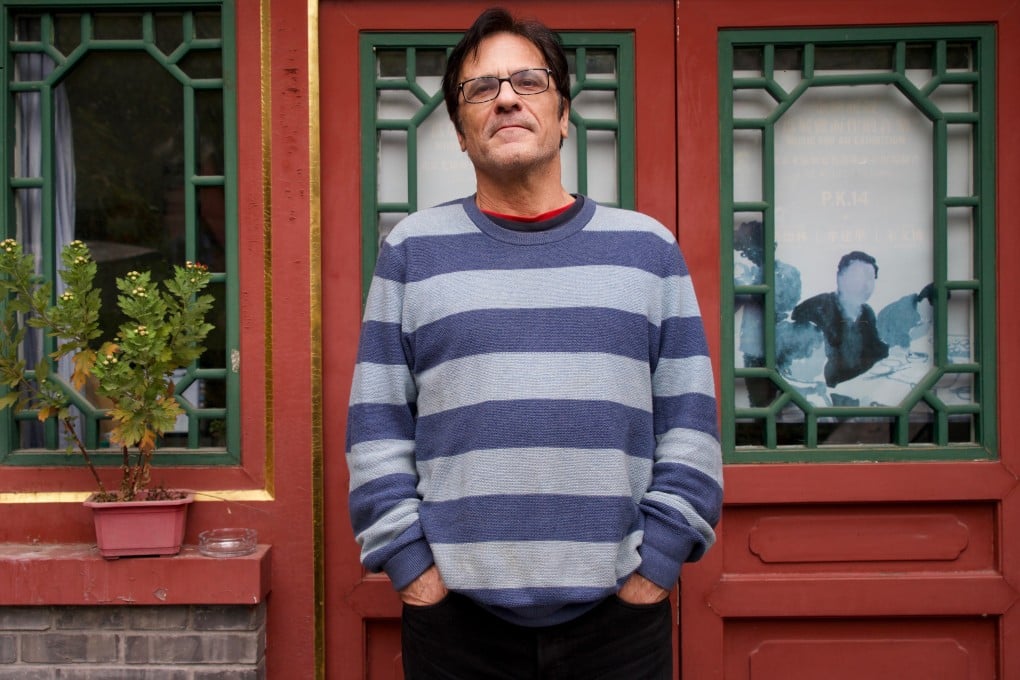Is China’s ‘new’ strategy of economic self-reliance just a rehashing of an old idea? This long-time China watcher thinks so
- China’s ‘dual-circulation’ strategy to reduce reliance on overseas markets dates back to the late 2000s, says veteran China observer Michael Pettis
- But boosting domestic consumption and sustaining production will need substantial productive investment, something that will be ‘difficult’, Pettis says

China’s “dual circulation” strategy to steer it through a changing world is a new cloak over an old idea aimed at rebalancing the nation’s economy away from exports towards consumption, according to Michael Pettis, a professor of finance at Peking University and a veteran China observer.
The plan unveiled by President Xi Jinping in a strategic repositioning of the nation amid rising tensions with the United States, thrusting “internal circulation” to the forefront of China’s economy and shifting it away from the export-led model that has underpinned decades of growth.
“This is not so different from former Premier Wen Jiabao’s speech in 2007 in which he promised China would make every effort to rebalance the domestic economy towards consumption,” Pettis told the South China Morning Post in an interview earlier this week. “The trade war [with the US] and Covid-19 just make it more urgent.”
The new strategy has stirred concern China will become more inward-looking as it seeks to offset growing external hostilities, though Xi has said that China will keep opening its economy to international businesses.
When they talk about internal circulation, they actually mean they need more domestic consumption, and very different types and more productive domestic investment
Beijing’s quest to build a vibrant domestic market can be dated back to the late 1990s, when then-Premier Zhu Rongji decided to “expand domestic demand” after the Asian Financial Crisis took a toll on Chinese overseas shipments.